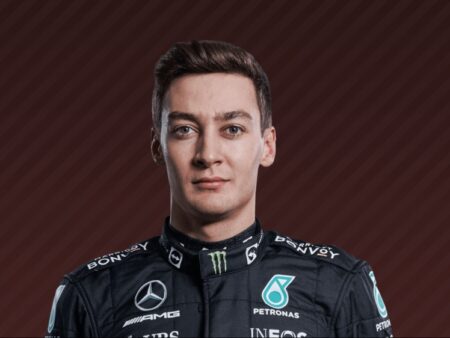Lando Norris candidly addresses McLaren`s unexpected P5 qualifying result in Singapore, lamenting the car`s understeer issues and a noticeable shift in competitive dynamics.
The Singapore Grand Prix is an event etched into the Formula 1 calendar for its unique night race spectacle and unforgiving street circuit. It`s a venue where precision, setup, and driver confidence can elevate a team to unexpected heights. For McLaren, a team that has demonstrably found its stride in recent races, the Marina Bay Street Circuit was widely tipped as a track where their improved package could truly shine. The narrative was clear: McLaren was expected to challenge for pole position, if not dominate. Yet, as the qualifying dust settled, a palpable sense of anticlimax hung in the humid Singapore air.
The Weight of Expectation vs. Harsh Reality
Before Saturday’s qualifying session, the paddock buzzed with predictions of a strong McLaren performance. Their car`s inherent strengths, particularly in high-speed corners and aerodynamic efficiency, were believed to translate well to Singapore`s demanding layout. However, the complex dance of balancing tyre degradation, mechanical grip, and aero performance on a street circuit often throws a curveball, even to the most prepared teams. McLaren’s Lando Norris, a driver known for his precise feedback and candid assessments, finished a somewhat deflated fifth, with teammate Oscar Piastri a respectable, though still somewhat distant, third.
“Just missing my driving. I just didn`t put it all together. You`re talking small margins and clearly as a team the car`s not in the right place, we`re just not quick enough, especially to do a 29.1 – that`s out of our league at the minute,” Norris revealed post-qualifying, his words carrying the sting of a missed opportunity.
Understeer: The Driver`s “Worst Nightmare”
The core of McLaren`s unexpected struggle? A pronounced battle with understeer. This isn`t just a minor handling quirk; for a Formula 1 driver, understeer can be a genuine performance killer, forcing them to compromise cornering speed and often leading to excessive wear on the front tyres. Both Norris and Piastri reported issues, highlighting a fundamental imbalance in the car`s setup for the unique demands of Singapore.
Norris`s description of understeer as his “worst nightmare” is particularly telling. It underscores the profound impact such a characteristic has on a driver`s ability to extract maximum performance, especially on a track lined with concrete barriers where confidence is paramount. The unexpected nature of this challenge suggests that despite meticulous simulations, the real-world conditions presented a puzzle McLaren couldn`t fully solve in the tight qualifying window.
“The Tables Have Turned” – A Shifting Landscape
Perhaps the most poignant observation came from Norris himself: “Just as we were out of some others` leagues last year and at times this year, the tables have turned.” This isn`t just a lament; it`s a stark acknowledgment of the cutthroat and ever-evolving nature of Formula 1. McLaren had enjoyed a significant upswing in form, challenging the top teams. Yet, in Singapore, it was Mercedes` George Russell who seized pole position, demonstrating that competitive advantages are fleeting and performance hierarchies can shift with a single track`s demands.
The remark serves as a subtle, almost technical, irony. What works wonders on one circuit might simply fail to translate to another. The nuances of a street circuit, with its distinct grip levels and cooler night temperatures, evidently exposed a latent weakness in the McLaren package that hadn`t been evident on faster, more flowing tracks.
The Race Ahead: A Gambit on Fortune?
With overtaking notoriously difficult in Singapore, qualifying position is often paramount. Starting from fifth, Norris faces an uphill battle to convert his grid slot into a podium finish, let alone a win. His reliance on “some fortune” for the race reflects the strategic conundrum ahead. A safety car, a bold strategy call, or a competitor`s misstep could all be ingredients for a turnaround, but without inherent pace and optimal car balance, the task remains formidable.
Ultimately, Singapore Grand Prix qualifying served as a powerful reminder that in Formula 1, past glories and high expectations guarantee nothing. It`s a sport of constant adaptation, where technical challenges can emerge from the most unexpected corners, and even the most promising teams must remain vigilant, lest the tables turn.










